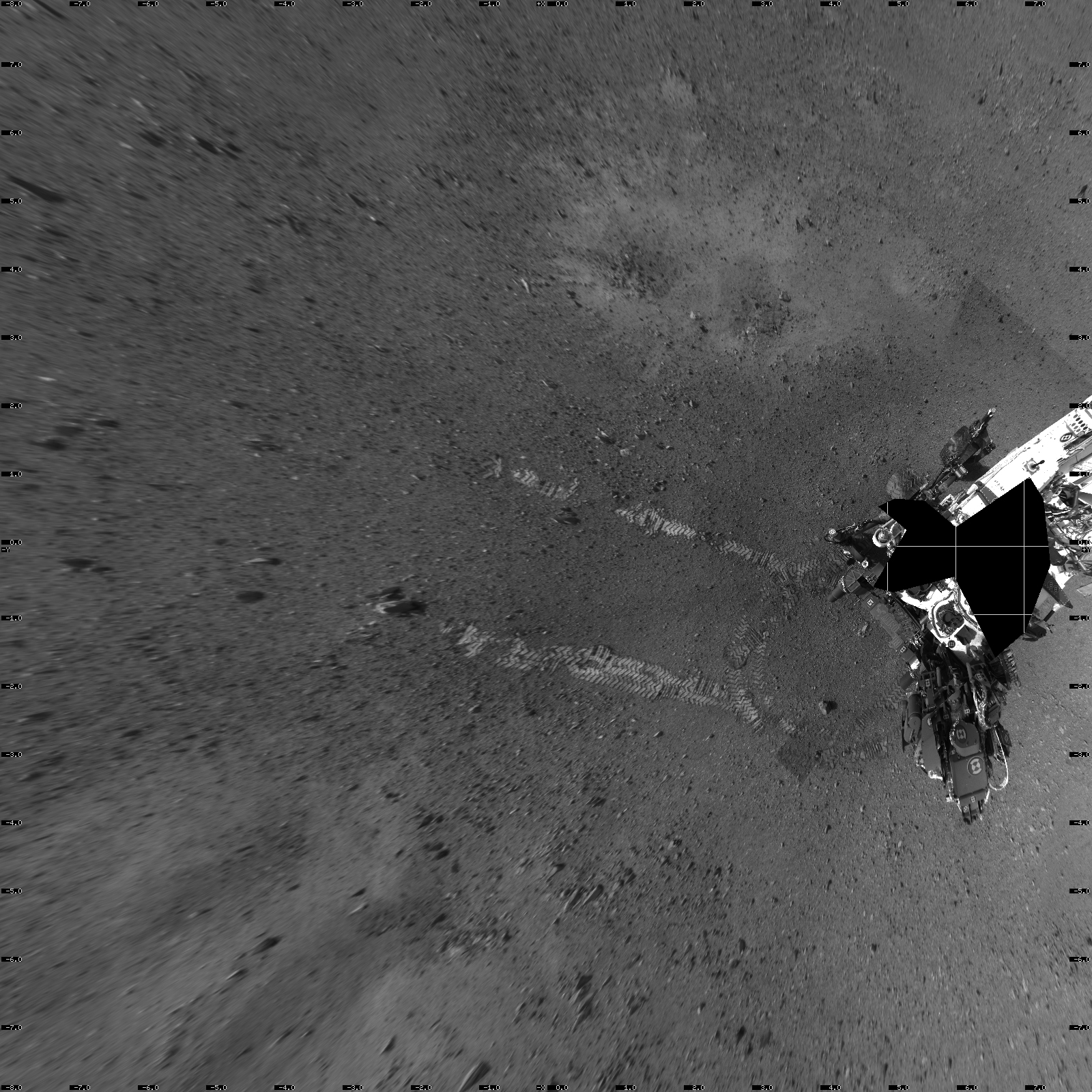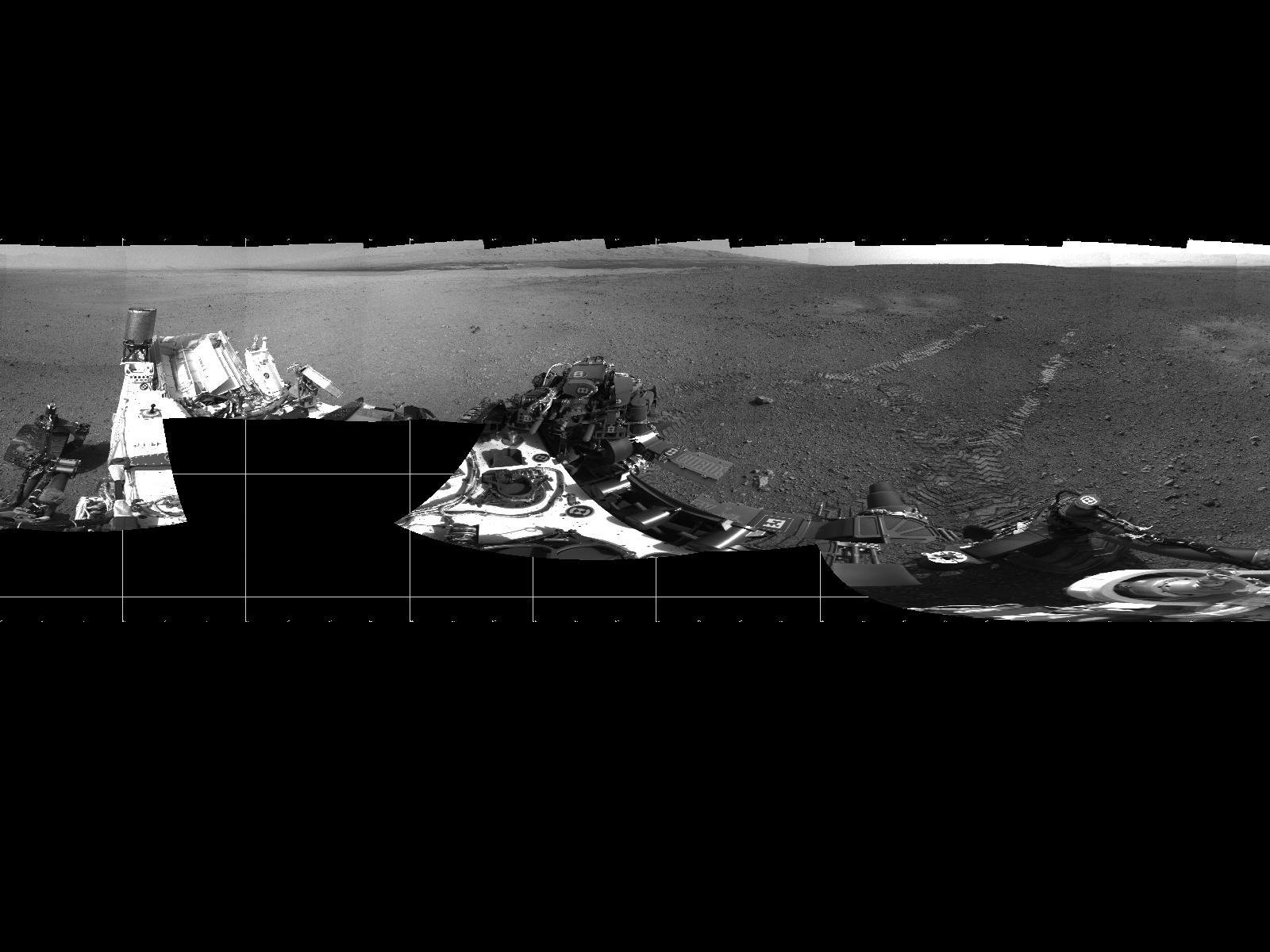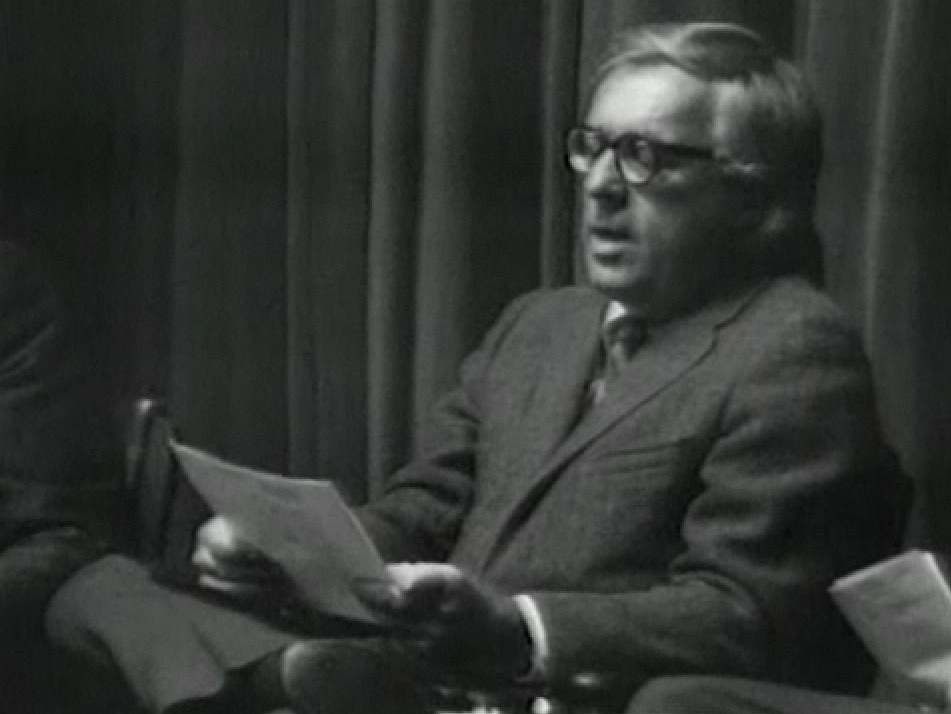Mars Rover Landing Site Named for Sci-Fi Icon Ray Bradbury

NASA began a new chapter of its Martian chronicle today (Aug. 22) when the agency named its Mars rover Curiosity's landing site after the late science fiction author Ray Bradbury.
Curiosity's landing site inside Mars' vast Gale Crater was rechristened "Bradbury Landing" today to honor the iconic writer's legacy and dedication to Mars exploration, NASA officials said.
Ray Bradbury died in June at age 91. His first book, "The Martian Chronicles," paints a vivid picture of the human exploration of Mars through a series of short stories. The book was published in 1950 and later adapted into a TV series and video game.
"Today would have been Ray Bradbury's 92nd birthday, but he's already reached immortality in his short stories and books," said Michael Meyer, lead scientist for NASA's Mars Exploration Program. "His books have truly inspired us. His 'Martian Chronicles' has inspired our curiosity." [More photos of Bradbury Landing on Mars]

The Mars rover Curiosity landed on Aug. 5 inside Gale Crater to determine if the area could have ever supported microbial life. The site of Bradbury Landing is the space contained within the first boxy wheel marks made by Curiosity as it was lowered to the Martian surface by its sky crane descent stage, Meyer said.
Curiosity took its first test drive on Mars today, rolling forward, then turning in place and photographing its tracks on the Red Planet.
Get the Space.com Newsletter
Breaking space news, the latest updates on rocket launches, skywatching events and more!
"I kind of like the name. For one, it was the majority vote by the science team, having been inspired by Ray Bradbury," Meyer added. The name also is a nod to the era of ocean exploration on Earth that took adventurers to many new lands, he added.
NASA has a long tradition of naming landing sits on Mars after scientists and other icons related to space exploration or the Red Planet.
"Since sending the first rover to Mars in 1997, NASA has made it a tradition to name its landing sites after visionaries and explorers who devoted their lives to expanding our boundaries," said Robert Pearlman, editor of the space history website collectSPACE.com and SPACE.com contributor.
"Previous sites are now named in tribute to astronomer Carl Sagan and the fallen astronauts of space shuttles Challenger and Columbia," Pearlman added. "'Bradbury Landing,' named after the late author Ray Bradbury, is a fitting tribute to a man who, through his writings, inspired us to imagine life on Mars — both alien and human. Those themes parallel Curiosity's goals of seeking out signs of habitable environments for past and present Martian life and advancing the day when humans can follow the rover to the Red Planet."

NASA named the Mars Pathfinder lander that touched down on Mars in 1997 with the Sojourner rover the "Carl Sagan Memorial Station." The 2004 landing sites of the Mars rovers Spirit and Opportunity are dubbed the "Columbia Memorial Station" and "Challenger Memorial Station," respectively.
NASA's oldest Mars lander, Viking 1 — which launched 35 years ago this week — also received a new name during its mission. Viking 1 was renamed the "Thomas A. Mutch Memorial Station" in honor of Thomas Mutch, the leader of the Viking imaging team, after his death in 1980 — two years before the lander's mission ended.
The Viking 2 lander, which launched shortly after Viking 1, was later rechristined the "Gerald Soffen Memorial Station" after Gerald Soffen, the chief scientist of the Viking missions.
The $2.5 billion Curiosity rover mission is expected to last at least two years on Mars.
You can follow SPACE.com Managing Editor Tariq Malik on Twitter @tariqjmalik and SPACE.com on Twitter @Spacedotcom. We're also on Facebook & Google+.
Join our Space Forums to keep talking space on the latest missions, night sky and more! And if you have a news tip, correction or comment, let us know at: community@space.com.

Tariq is the Editor-in-Chief of Space.com and joined the team in 2001, first as an intern and staff writer, and later as an editor. He covers human spaceflight, exploration and space science, as well as skywatching and entertainment. He became Space.com's Managing Editor in 2009 and Editor-in-Chief in 2019. Before joining Space.com, Tariq was a staff reporter for The Los Angeles Times covering education and city beats in La Habra, Fullerton and Huntington Beach. In October 2022, Tariq received the Harry Kolcum Award for excellence in space reporting from the National Space Club Florida Committee. He is also an Eagle Scout (yes, he has the Space Exploration merit badge) and went to Space Camp four times as a kid and a fifth time as an adult. He has journalism degrees from the University of Southern California and New York University. You can find Tariq at Space.com and as the co-host to the This Week In Space podcast with space historian Rod Pyle on the TWiT network. To see his latest project, you can follow Tariq on Twitter @tariqjmalik.









